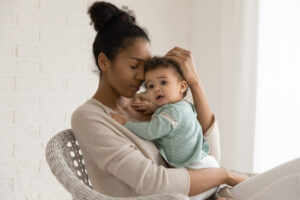

Supporting Your Child’s Developing Self-Regulation
From the moment your baby is born many of the things you are naturally doing as a caregiver such as smiling at your baby, rocking
You may be surprised to learn that the process by which children learn to regulate their body, emotions and behaviors starts from the minute they are born. Those first tender and calming cuddles and smiles you offer your baby are laying the groundwork for them to one day regulate on their own. Since self-regulation is a foundation for many areas in your child’s development, including physical health, learning, attention, problem solving, and social relationships, it is important as a caregiver to understand what self-regulation is and what you can do as a caregiver to help support your child’s developing self-regulation system.
What is self-regulation?
Self-regulation involves how a child faces stress in their environment and their ability to calm and recover from these stressors. Of course, a child’s ability to do this develops as their body matures and can depend greatly on their temperament, the stressors they face, and the other supports in their environment, in particular their caregivers. The stressors that affect a child’s ability to regulate their minds and bodies often involve five interconnected domains as described by self-regulation expert Dr. Stuart Shanker: Biological, Emotional, Cognitive, Social, and Prosocial. Let’s look at the areas below to see what areas may create stress for your child.
Domains of Stress
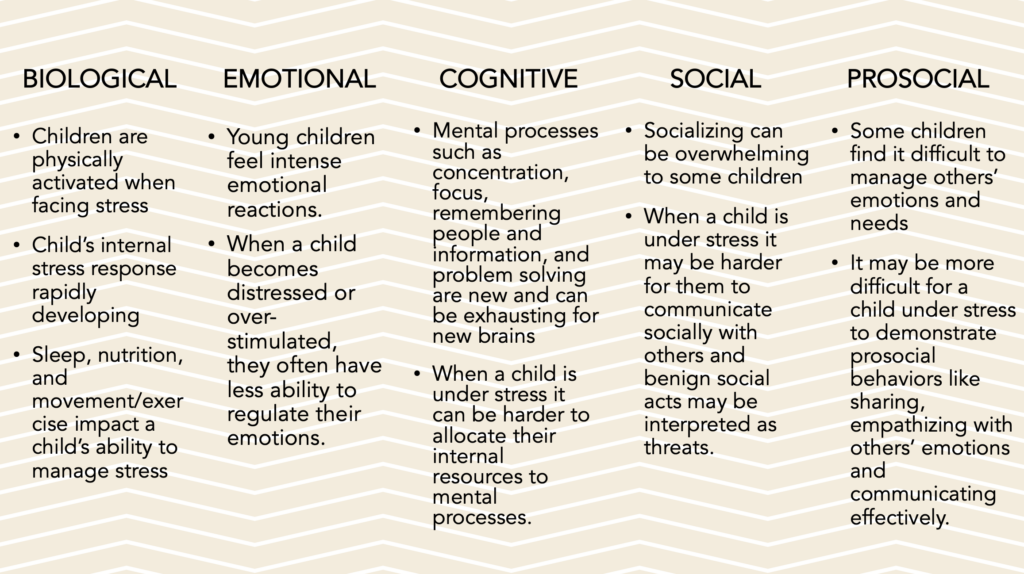
These five domains are highly interconnected and dependent on each other and can present differently depending on the age of your child. What may cause your child stress in one moment may not cause stress in another moment if a different constellation of stressors and/or supports are present. You may notice for example, that if your child did not get proper sleep the night before, they may not be able to regulate their emotions and behaviors in the presence of social or cognitive stressors as well as they might after a night of good sleep.
When considering a child’s self-regulation, it is important to consider self-regulation’s two views—what we can see from the outside (e.g., a child’s behaviors and at emotions), as well as a child’s internal system that works to manage stress. When we hear “self-regulation” our minds often jump directly to a child’s ability to control their external behaviors; however self-regulation involves both a child’s ability to upregulate and downregulate their body so they can achieve an ideal calm and focused state allowing them to manage what stress comes their way. You can think of self-regulation like an internal thermostat–when our environment requires us to energize (e.g., to eat, work, or play) we can dial up our internal thermostat, and when we face stressors in our environment, we can dial down our thermostat to calm ourselves. However, when a child faces high levels of stress in their environment, leading them to be in a prolonged heightened or under aroused state, their bodies may resort to fight-flight-or-freeze mode and in turn they may have a more difficult time regulating their body and emotions.
Co-Regulation
When children are born, their internal thermostat has yet to develop, so parents serve as their thermostat or regulation system, in a process called co-regulation. When caregivers respond to their infants warmly and calmly, providing soothing touch, and responding to their cues and needs, they are helping their baby regulate. Co-regulation involves both focusing on, understanding and responding to your child’s needs while simultaneously using your own internal tools to calm your body, mind and emotions. It also involves you as a caregiver understanding the connection between what is going on in your child’s environment and the impact on their body and mind and helping your child to understand when they feel stress and how respond to the stress constructively.
As a child matures, they become more able to independently self-soothe and rely on less support from their caregivers. However, every child differs in their temperament and their ability to manage stressors in their environment. Further, the more energy managing stress requires of an individual child, the less energy they have left to regulate their attention, behaviors, and emotions. Importantly, when children can face and recover from stress with ease, their body’s resources are more available to other functions such as digestion, attention, and learning.
Children’s self-regulation looks different across the age span. Let’s look at how self-regulation may look different in infancy versus toddlerhood.
What Does Self-Regulation Look Like?
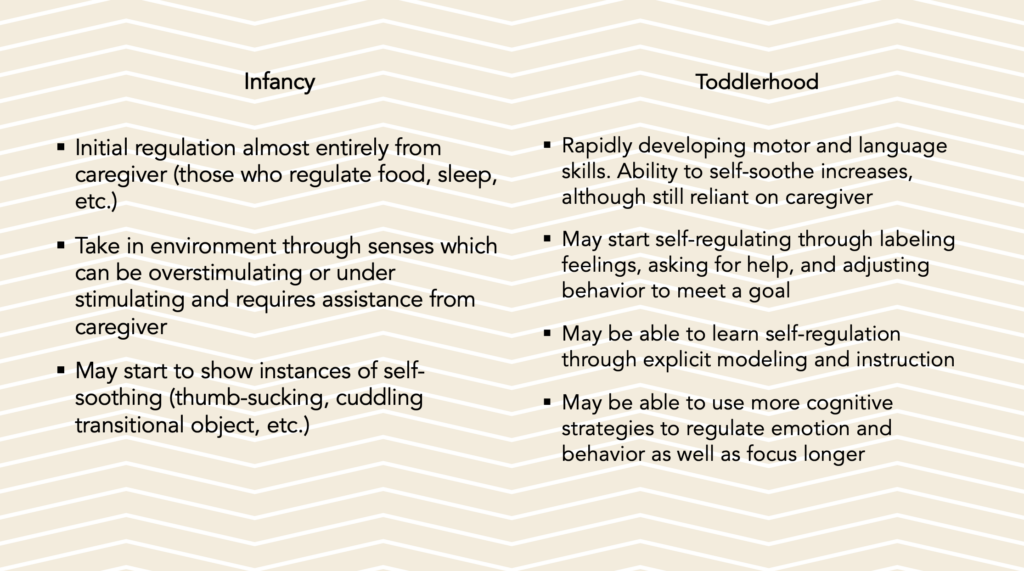

Now that you know what self-regulation is and how it might look in your young child, the next step is to understand as a caregiver what you can do to support your child’s developing self-regulation abilities.


From the moment your baby is born many of the things you are naturally doing as a caregiver such as smiling at your baby, rocking
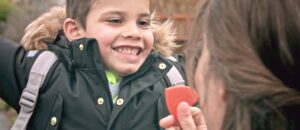

The Dial Up and Dial Down Model “The better I self-regulate as a parent, the better my child will self-regulate. The better my child self-regulates,


An excerpt from the behind-the-scenes interview with Adele Diamond, Ph.D. from the 2016 Simms/Mann Institute Think Tank.
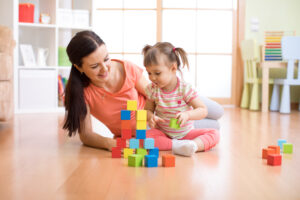


As parents, we get so much feedback about what we can do to enhance our baby’s development. Sometimes, it can be difficult to remember one
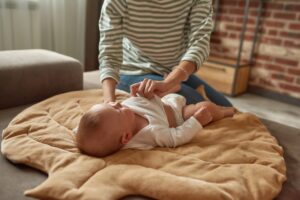

Children thrive when they are provided with a predictable, structured environment. Routines provide a sense of safety and security, as well as foster healthy emotional and


Just think of how much time babies spend in routines of one kind or another: sleeping, bathing, feeding, and diaper changing, not to mention dressing,
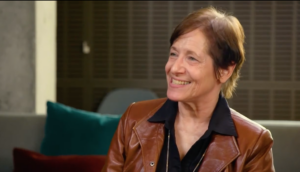

An excerpt from a behind-the-scenes interview with Dr. Kathy Hirsh-Pasek at the 2018 Simms/Mann Institute Think Tank



As parents, we get so much feedback about what we can do to enhance our baby’s development. Sometimes, it can be difficult to remember one
| Cookie | Duration | Description |
|---|---|---|
| __stripe_mid | 1 year | Stripe sets this cookie cookie to process payments. |
| __stripe_sid | 30 minutes | Stripe sets this cookie cookie to process payments. |
| cookielawinfo-checkbox-advertisement | 1 year | Set by the GDPR Cookie Consent plugin, this cookie is used to record the user consent for the cookies in the "Advertisement" category . |
| cookielawinfo-checkbox-analytics | 11 months | This cookie is set by GDPR Cookie Consent plugin. The cookie is used to store the user consent for the cookies in the category "Analytics". |
| cookielawinfo-checkbox-functional | 11 months | The cookie is set by GDPR cookie consent to record the user consent for the cookies in the category "Functional". |
| cookielawinfo-checkbox-necessary | 11 months | This cookie is set by GDPR Cookie Consent plugin. The cookies is used to store the user consent for the cookies in the category "Necessary". |
| cookielawinfo-checkbox-others | 11 months | This cookie is set by GDPR Cookie Consent plugin. The cookie is used to store the user consent for the cookies in the category "Other. |
| cookielawinfo-checkbox-performance | 11 months | This cookie is set by GDPR Cookie Consent plugin. The cookie is used to store the user consent for the cookies in the category "Performance". |
| CookieLawInfoConsent | 1 year | Records the default button state of the corresponding category & the status of CCPA. It works only in coordination with the primary cookie. |
| elementor | never | This cookie is used by the website's WordPress theme. It allows the website owner to implement or change the website's content in real-time. |
| viewed_cookie_policy | 11 months | The cookie is set by the GDPR Cookie Consent plugin and is used to store whether or not user has consented to the use of cookies. It does not store any personal data. |
| Cookie | Duration | Description |
|---|---|---|
| mailchimp_landing_site | 1 month | The cookie is set by MailChimp to record which page the user first visited. |
| Cookie | Duration | Description |
|---|---|---|
| _ga | 2 years | The _ga cookie, installed by Google Analytics, calculates visitor, session and campaign data and also keeps track of site usage for the site's analytics report. The cookie stores information anonymously and assigns a randomly generated number to recognize unique visitors. |
| _gat_gtag_UA_46801669_2 | 1 minute | Set by Google to distinguish users. |
| _gid | 1 day | Installed by Google Analytics, _gid cookie stores information on how visitors use a website, while also creating an analytics report of the website's performance. Some of the data that are collected include the number of visitors, their source, and the pages they visit anonymously. |
| tk_lr | 1 year | The tk_lr is a referral cookie set by the JetPack plugin on sites using WooCommerce, which analyzes referrer behaviour for Jetpack. |
| tk_or | 5 years | The tk_or is a referral cookie set by the JetPack plugin on sites using WooCommerce, which analyzes referrer behaviour for Jetpack. |
| tk_r3d | 3 days | JetPack installs this cookie to collect internal metrics for user activity and in turn improve user experience. |
| tk_tc | session | JetPack sets this cookie to record details on how user's use the website. |
| Cookie | Duration | Description |
|---|---|---|
| cookies.js | session | No description available. |
| m | 2 years | No description available. |